MARKET OVERVIEW
The Europe Aluminum Mats market is a specialized sector within the broader industrial landscape, catering to diverse applications ranging from residential to commercial and industrial settings. This market encompasses the production, distribution, and usage of aluminum mats, which are valued for their durability, lightweight nature, and resistance to corrosion. These mats are integral in environments where safety, cleanliness, and durability are paramount, providing solutions in areas with high foot traffic and harsh conditions.
In Europe, the aluminum mats industry stands as a testament to the region's commitment to innovation and quality. European manufacturers are known for their meticulous attention to detail and stringent adherence to regulatory standards, ensuring that the products not only meet but exceed global expectations. The market is characterized by a blend of established companies with decades of expertise and dynamic new entrants bringing innovative approaches and technologies.
Aluminum mats are widely utilized in various sectors such as construction, transportation, hospitality, and manufacturing. In the construction industry, these mats are employed to safeguard flooring and provide non-slip surfaces, crucial in both temporary and permanent installations. The transportation sector benefits from aluminum mats in vehicular flooring, ensuring passenger safety and ease of maintenance. Hotels, restaurants, and other hospitality venues rely on aluminum mats to enhance the aesthetic appeal and functionality of their entrances and interiors.
European consumers and businesses have shown a growing preference for aluminum mats due to their environmental benefits. Aluminum is a recyclable material, and the mats' production process often incorporates recycled aluminum, contributing to sustainability efforts. This aspect aligns with the European Union's stringent environmental policies and the region's overarching goal of reducing carbon footprints.
Technological advancements in the Europe Aluminum Mats market are poised to redefine industry standards. Manufacturers are increasingly investing in research and development to produce mats with enhanced properties such as improved slip resistance, greater durability, and more intricate designs. Innovations in manufacturing processes, such as precision cutting and automated assembly, are expected to streamline production and reduce costs, making high-quality aluminum mats more accessible to a broader audience.
Market dynamics in Europe are also influenced by the regulatory environment, which ensures that all products adhere to safety and quality standards. This regulatory framework instills confidence among consumers and businesses, fostering a market where quality is paramount. Furthermore, European manufacturers often set benchmarks for global standards, influencing markets beyond the continent.
The future of the Europe Aluminum Mats market will likely witness a surge in demand driven by infrastructural development, urbanization, and the increasing emphasis on safety and sustainability. As smart city initiatives gain traction across Europe, the integration of aluminum mats in public and commercial spaces will become more prevalent. Additionally, the market will continue to adapt to changing consumer preferences, with customization and aesthetic appeal becoming significant factors in purchasing decisions.
Europe Aluminum Mats market is estimated to reach $2,270.1 Million by 2031; growing at a CAGR of 3.96% from 2024 to 2031.
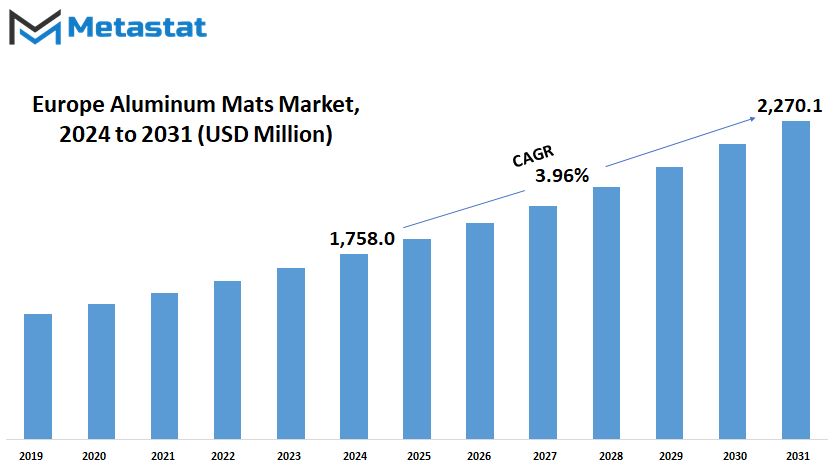
GROWTH FACTORS
The market for aluminum mats in Europe is poised for significant growth, driven by several key factors. One of the primary drivers is the increasing emphasis on safety and cleanliness in public spaces. As more attention is directed towards maintaining hygienic environments, the demand for durable and easy-to-clean solutions like aluminum mats is on the rise. These mats offer several advantages, such as resistance to corrosion and weathering, making them particularly popular in high-traffic areas where durability is essential. Their robust nature ensures they can withstand heavy use without deteriorating, which is crucial for places with constant foot traffic.
However, there are challenges that could slow the widespread adoption of aluminum mats. One significant barrier is the high initial cost and installation expenses. While these mats are long-lasting, the upfront investment required can be a deterrent for some potential buyers. Additionally, the market faces competition from alternative materials like rubber and carpet. These materials often come with lower initial costs and a wide range of options, which can appeal to budget-conscious consumers. Despite the benefits of aluminum mats, this competition may impact their market growth.
Looking to the future, the development of innovative designs and customization options could play a pivotal role in enhancing the competitiveness of aluminum mats. By catering to specific customer needs and preferences, manufacturers can make their products more appealing. For example, mats designed with unique patterns or colors can match the aesthetic requirements of various public spaces, from airports to shopping malls. Customization options also allow for the integration of additional features, such as enhanced slip resistance or branding opportunities for businesses. These innovations not only meet the practical needs of customers but also offer added value that can justify the higher initial costs.
In the coming years, the market for aluminum mats is expected to benefit from these advancements. As manufacturers continue to focus on addressing the specific needs of their clients, the appeal of aluminum mats will likely increase. This focus on innovation and customization can transform potential barriers into opportunities, driving further growth in the market. While challenges remain, the combination of durability, safety, and evolving customer preferences sets the stage for a promising future for aluminum mats in Europe. With ongoing efforts to develop new designs and functionalities, the market is well-positioned to expand and adapt to the changing demands of public spaces across the continent.
MARKET SEGMENTATION
By Type
The European aluminum mats market is poised for significant growth, driven by advancements in design and functionality. These mats, widely used in both commercial and residential spaces, are becoming increasingly popular due to their durability and aesthetic appeal. By type, the market is further segmented into recessed grate mats, metal grille mats, and other variations.
Recessed grate mats are particularly favored for their practical benefits. These mats, installed in a recessed area of the floor, are designed to trap dirt and moisture effectively. As urban areas continue to grow and foot traffic in commercial spaces increases, the demand for these mats is expected to rise. They help maintain cleanliness in high-traffic areas, making them a valuable addition to shopping centers, airports, and office buildings.
Metal grille mats, another key segment, offer robust performance and are ideal for heavy-duty applications. These mats are often used in industrial settings, where durability is a primary concern. They are capable of withstanding significant wear and tear, providing long-lasting service. As industries across Europe modernize and expand, the need for such reliable flooring solutions will likely increase. Metal grille mats not only ensure safety but also contribute to a clean and professional environment.
The other category includes a variety of specialized aluminum mats that cater to specific needs. These might include mats with unique design elements or additional features like anti-slip surfaces. As customization becomes more prevalent in the market, the demand for such tailored solutions is expected to grow. Businesses and homeowners alike are looking for mats that not only serve a functional purpose but also enhance the overall aesthetic of their spaces.
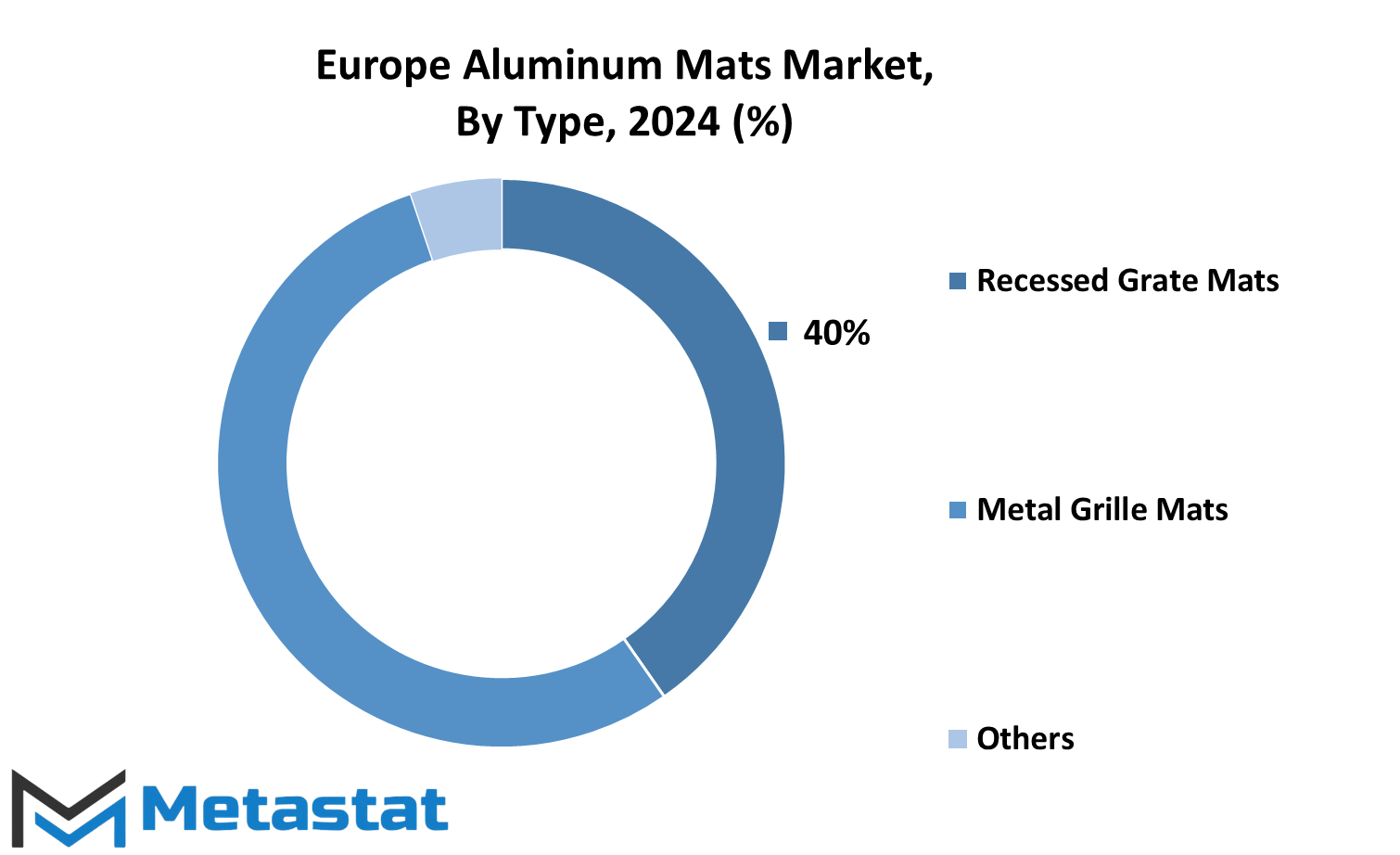
By Application
In the European market, there is a rising demand for antibacterial glass, primarily due to its hygienic benefits. This type of glass is specially coated to inhibit the growth of bacteria, thus making it ideal for various applications where cleanliness is paramount. The applications for antibacterial glass span across different sectors including airports, schools, office buildings, and other public spaces.
Airports are one of the key areas where antibacterial glass will find extensive use. With millions of travelers passing through airports every day, maintaining cleanliness and hygiene is crucial to prevent the spread of diseases. By using antibacterial glass in areas such as check-in counters, security checkpoints, and waiting lounges, airports can create a safer and more hygienic environment for passengers and staff alike.
Schools are another important sector where the use of antibacterial glass can have a significant impact. Educational institutions are often breeding grounds for germs and bacteria, given the high density of students and frequent interactions. By installing antibacterial glass in classrooms, libraries, and other common areas, schools can help reduce the risk of infections among students and teachers, thus promoting a healthier learning environment.
Office buildings are also recognizing the importance of maintaining a clean and germ-free workspace. With employees spending long hours in close proximity to each other, the risk of spreading illnesses is high. Antibacterial glass can be used in office partitions, conference rooms, and shared spaces to minimize the transmission of germs and create a more hygienic workplace. This not only helps in improving employee health and productivity but also reduces absenteeism due to sickness.
In addition to airports, schools, and office buildings, antibacterial glass can also find applications in other public spaces such as hospitals, hotels, and shopping malls. These environments typically experience high foot traffic and are prone to contamination from various sources. By incorporating antibacterial glass in their infrastructure, these establishments can enhance cleanliness standards and provide a safer environment for visitors and employees.
Overall, the European market for antibacterial glass is poised for growth as businesses and institutions increasingly prioritize hygiene and cleanliness. With its diverse applications across different sectors, antibacterial glass will play a crucial role in shaping the future of public health and safety in Europe. As awareness about the importance of hygiene continues to grow, the demand for antibacterial glass will only continue to rise, driving innovation and advancements in the field of antimicrobial technology.
REGIONAL ANALYSIS
The European aluminum mats market is on the brink of significant growth, fueled by an increasing focus on durability, aesthetics, and environmental sustainability. This market spans across major countries such as the UK, Germany, France, Italy, and the rest of Europe. Each of these nations contributes uniquely to the market's expansion, reflecting diverse consumer preferences and industrial demands.
In the UK, the trend towards modern and sustainable building materials has sparked a growing interest in aluminum mats. These mats are not only valued for their strength and lightweight properties but also for their recyclability, aligning perfectly with the UK’s stringent environmental regulations and green building codes. The construction industry, in particular, is expected to drive substantial demand as developers seek materials that offer both longevity and minimal environmental impact.
Germany, known for its engineering prowess and industrial efficiency, presents a robust market for aluminum mats. The country's strong automotive sector is a significant consumer, using aluminum mats for various applications to enhance vehicle durability and performance. Additionally, Germany’s commitment to renewable energy projects often incorporates aluminum mats in solar panel installations and wind turbines, contributing to the market's growth.
France, with its rich architectural heritage and contemporary design trends, is another vital player in the European aluminum mats market. The French construction and interior design industries appreciate aluminum mats for their sleek appearance and functional benefits. As the country continues to invest in infrastructure development and renovation projects, the demand for high-quality, aesthetically pleasing, and durable materials like aluminum mats will rise.
Italy, renowned for its artistic and architectural innovation, embraces aluminum mats for their blend of form and function. The Italian market sees significant use of these mats in both residential and commercial buildings, where style and durability are equally prized. Moreover, Italy’s focus on sustainable materials to meet environmental standards boosts the adoption of aluminum mats in various projects.
The rest of Europe, encompassing a diverse range of countries, also shows promising growth in the aluminum mats market. Nations are increasingly recognizing the advantages of aluminum mats in reducing maintenance costs and improving the lifespan of flooring solutions in public and private spaces. This collective shift towards sustainable and cost-effective building materials indicates a strong future demand across the region.
Looking ahead, the European aluminum mats market will likely continue to expand, driven by advancements in technology and material science. Innovations aimed at enhancing the performance and environmental benefits of aluminum mats will further solidify their position in the market. As Europe moves towards greener and more efficient building practices, aluminum mats will play a crucial role in shaping the future of construction and design across the continent
COMPETITIVE PLAYERS
The European Aluminum Mats market is characterized by a dynamic landscape of competitive players, each striving to establish their presence and capture market share. Key players in this industry are numerous and diverse, contributing to a robust and competitive market environment. Companies such as Emco Group, Forbo Flooring Systems, and Stilmat are at the forefront, continually innovating to meet customer needs and preferences.
Emco Group, known for its high-quality entrance matting systems, continues to lead the market with its strong emphasis on durability and design. Their products are designed to withstand heavy foot traffic, making them a popular choice for commercial and public buildings. Similarly, Forbo Flooring Systems offers a wide range of flooring solutions, including aluminum mats that are both functional and aesthetically pleasing. Forbo's commitment to sustainability and innovation keeps them competitive in this evolving market.
Stilmat, another significant player, focuses on providing customized solutions to meet specific customer requirements. Their ability to offer tailored products has earned them a loyal customer base. Nanjing Meishuo Building Materials is also a key competitor, known for their cutting-edge manufacturing processes and high standards of quality control, ensuring their mats meet the stringent demands of the market.
The Almelose Brush Industry (ABI) leverages its expertise in brush technology to produce aluminum mats that effectively trap dirt and moisture, enhancing the cleanliness and safety of buildings. ARFEN and Construction Specialties, Inc. are recognized for their innovative designs and durable products, which cater to a broad spectrum of industries, from retail to healthcare.
Basmat and COBA Europe Ltd provide comprehensive matting solutions that prioritize both safety and style, while Emac Complementos S.L. specializes in high-performance entrance matting systems designed to offer superior dirt-removal capabilities. Entrance Matting Systems Ltd and 3M United Kingdom PLC are also prominent players, offering a diverse range of products that cater to various market needs.
MattingExperts.com, Corp and GRADUS focus on providing high-quality mats that combine functionality with aesthetic appeal. Geggus Emco GmbH stands out for their precision engineering and robust product lines, while Pawling Corporation and Master Matting Co. emphasize sustainability and innovation in their product offerings. NOTRAX® Europe is well-regarded for their extensive range of matting solutions that address different industry requirements.
Looking ahead, the competition among these players is likely to intensify as they continue to innovate and adapt to market trends. With advancements in materials and technology, the future of the European Aluminum Mats market promises to be dynamic, offering enhanced products that meet the evolving needs of consumers and businesses alike. As these companies push the boundaries of innovation, customers can expect to see more durable, efficient, and stylish matting solutions in the years to come.
Europe Aluminum Mats Market Key Segments:
By Type
- Recessed Grate Mats
- Metal Grille Mats
- Others
By Application
- Airports
- Schools
- Office Buildings
- Others
Key Europe Aluminum Mats Industry Players
- Emco Group
- Forbo Flooring Systems
- Stilmat
- Nanjing Meishuo Building Meterials
- Almelose Brush Industry (ABI)
- ARFEN
- Construction Specialties, Inc
- Basmat
- COBA Europe Ltd
- Emac Complementos S.L.
- Entrance Matting Systems Ltd
- 3M United Kingdom PLC
- MattingExperts.com, Corp
- GRADUS
- Geggus Emco GmbH
WHAT REPORT PROVIDES
- Full in-depth analysis of the parent Industry
- Important changes in market and its dynamics
- Segmentation details of the market
- Former, on-going, and projected market analysis in terms of volume and value
- Assessment of niche industry developments
- Market share analysis
- Key strategies of major players
- Emerging segments and regional growth potential



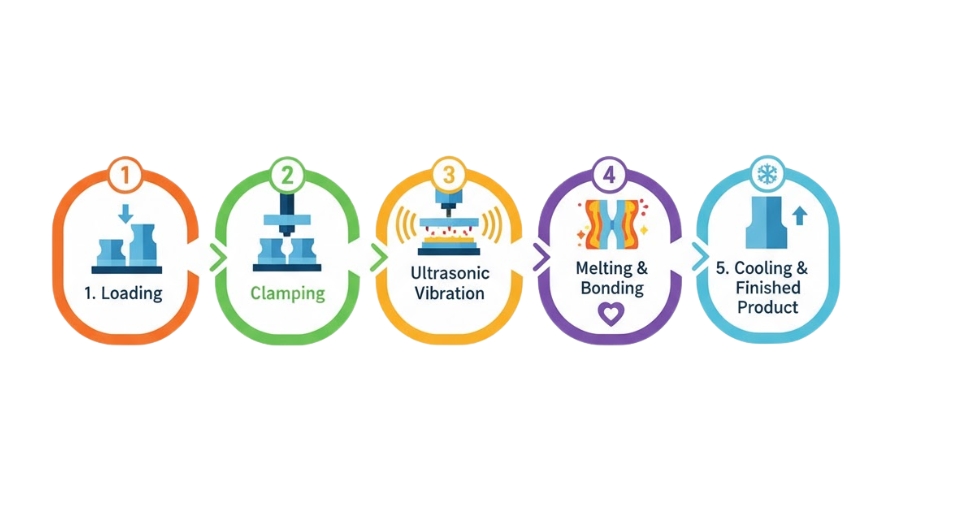
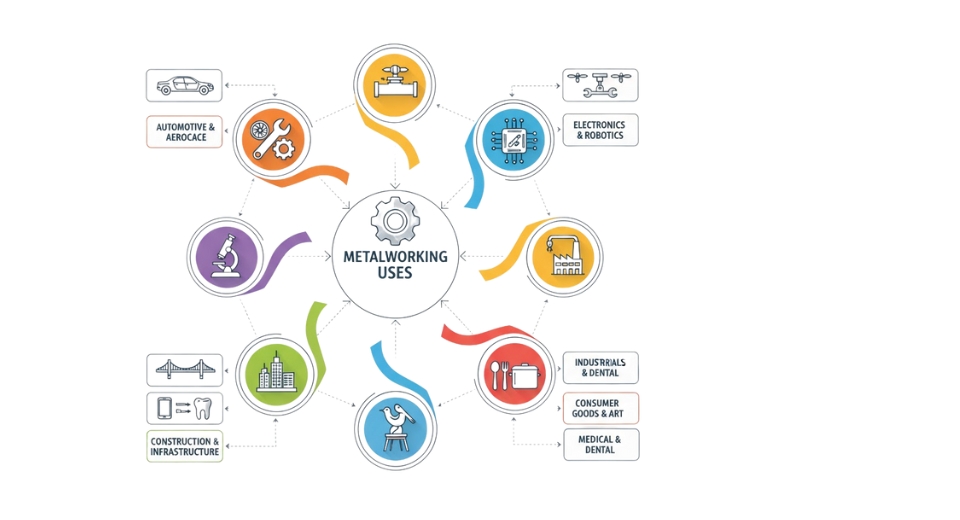
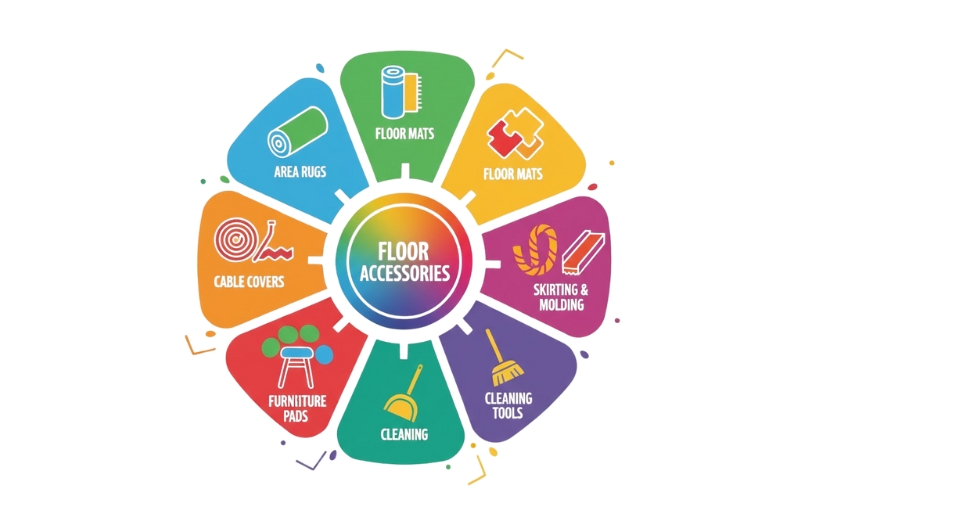
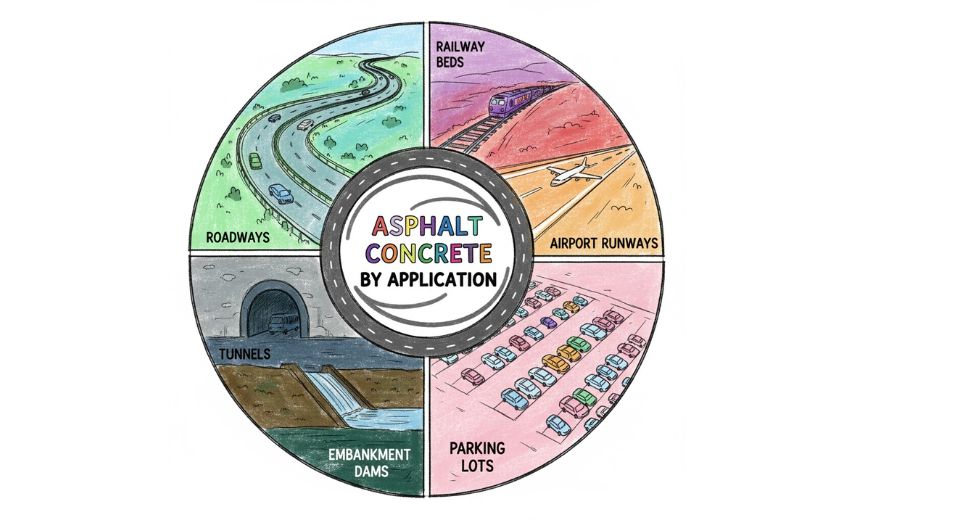

 US: +1 3023308252
US: +1 3023308252






